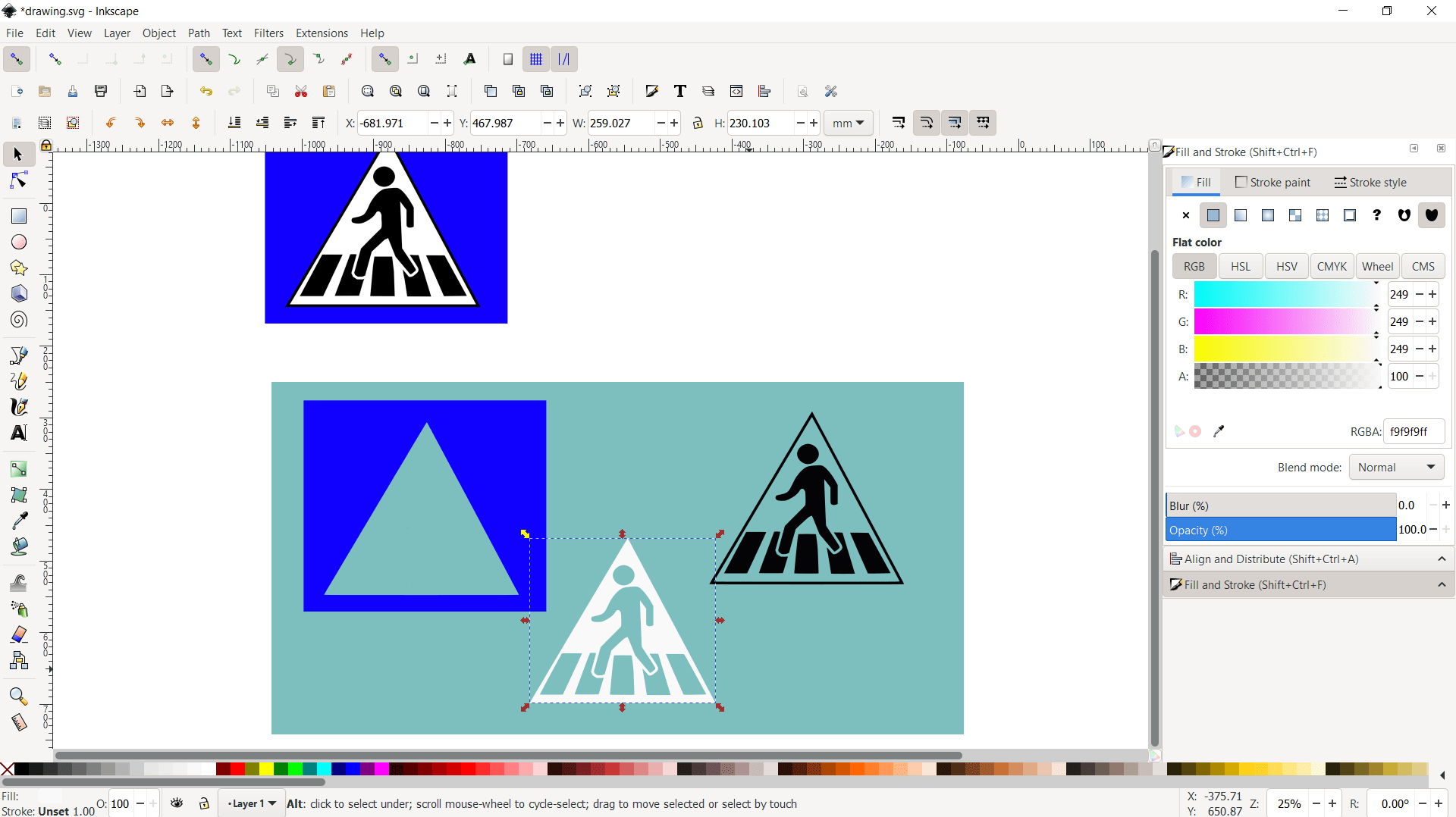
- INKSCAPE SUBSCRIPT FOR FREE
- INKSCAPE SUBSCRIPT HOW TO
- INKSCAPE SUBSCRIPT CODE
- INKSCAPE SUBSCRIPT FREE
There is no documentation online or elsewhere that I could find that described the elements you can import. py files under /usr/share/inkscape/extensions/inkex/elements/. To find out the other things you can import, you can look into the. On line 5 you import the Circle element, because that is what you're going to draw. The inkex family of classes has sub-modules for shapes, text, and other Inkscape elements. Importing inkex (line 4) brings in Inkscape's Python extension module. Lines 1 and 2 are housework – what interpreter to use and the character encoding for the file itself. This is the program itself, and, again, it is not hard. Speaking of Python scripts, check out Listing 2. The tag also informs Inkscape of the interpreter it needs to run the script, in this case Python. As you will be saving them both to the same directory, there is no need to specify a path along with the script name. Line 11 of Listing 1 tells the latest version of Inkscape that draw_circle.py is the name of the script and that the path is relative to the.

This is because it is one of the things that has changed in Inkscape 1.0.
INKSCAPE SUBSCRIPT HOW TO
You will probably read conflicting accounts of how to write this tag online. The … tags tell Inkscape where the actual script is located and its name. In this case, line 7 tells Inkscape you want it in the Render submenu. Here you establish where your own extension will go under Inkscape's Extensions menu. More interesting stuff happens between the … tags (lines 5 to 9). The tag (line 3) establishes what will show up in Inkscape's menus, and gives your extension an identifier that you must make sure is unique so it doesn't clash with any other extension.Īs you will see later, if your extension requires parameters, you would put them in here also, but, for the time being, let's just get a circle with a fixed radius and fixed location drawn. Lines 1 and 2 tell Inkscape routine stuff like the version, character encoding, and type of XML being used. inx file draw_circle.inx is pretty straightforward. The second file can be in other languages, but it is usually a Python script (see Listing 2). inx file, which is an XML file (see Listing 1) that, in its most basic form, contains a description of the extension, where it will live in Inkscape's menus, and a link to the executable file. CircleĪn Inkscape extension is made up by two files. Let's learn how it works, not by printing "Hello World" (which is pointless anyway), but by drawing a circle. It would be a pity to let Inkscape's extensions feature go to waste because of its deficient documentation however, so let's do something about it.
INKSCAPE SUBSCRIPT CODE
Again, it has been made obsolete by Inkscape 1.0, and it is mainly listings of code devoid of comments, which you are expected to understand, or tutorials left halfway complete, as if most authors gave up just when they got past their own particular "Hello World" example. The documentation written by third parties regarding Inkscape's extension system is just as bad. The little documentation there is on the API is still for the old version and is completely obsolete.

Alas, with the overhaul of looks and features came an overhaul of the scripting API, and you probably guessed what happened with the docs – nothing. To add insult to injury, Inkscape was recently updated to version 1.0, after being in the 0.9x circle of hell for years. For starters, a link to a Python Effect Tutorial in the Inkscape wiki leads to an empty page ("") that was last "modified" in 2008! However, when I began exploring it, I found the documentation of the extension engine to be staggeringly bad.
INKSCAPE SUBSCRIPT FREE
Inkscape is a wonderful piece of software, a testament to how good free and open source, community-built applications can be. Which brings me to Inkscape's extensions. I set out to do something, hit the wall of insufficient or non-existent documentation, doggedly try to do it anyway, and if I succeed, hey presto, an article. It is also what … er … "inspires" most of my Linux Magazine articles.
INKSCAPE SUBSCRIPT FOR FREE
In fact, I'd say that for free software it is almost the norm.


 0 kommentar(er)
0 kommentar(er)
